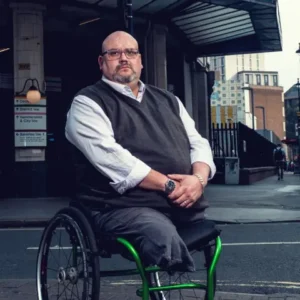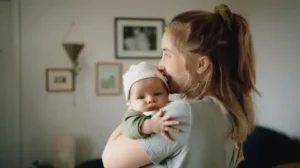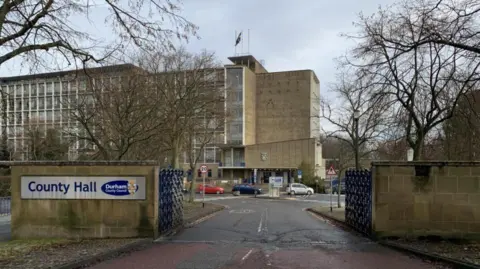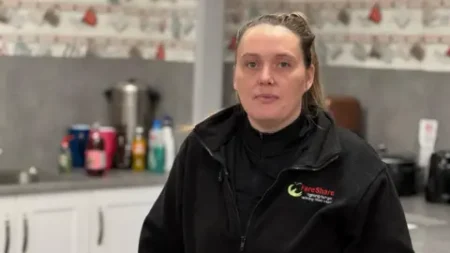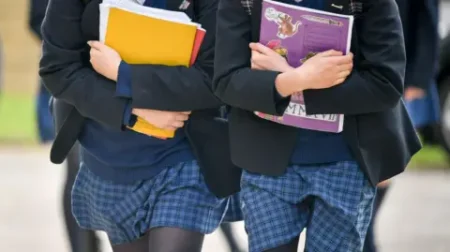The latest proposal from Durham County Council concerning its Council Tax Reduction Scheme (CTRS) has stirred significant concern among the local populace, particularly for its potential impact on the most economically disadvantaged residents. This plan could compel those who are already struggling financially to contribute more to their council tax bills, thus exacerbating their financial burdens.
The local authority is evaluating an overhaul of its current CTRS, which presently enables low-income households to receive discounts of up to 100% on their council tax bills. Currently, Durham County Council is noted for having one of the most generous support schemes in the country, offering substantial financial relief to those in need. However, council member Nicola Lyons has indicated that due to precarious financial circumstances and the necessity to tighten budgets, the council is contemplating capping these discounts, a move aimed directly at cost-cutting.
In response to this proposal, Richard Lane, the chief client officer at the charity StepChange, articulated that simply diminishing support for the economically disadvantaged is not a viable solution to council financial pressures. He emphasized that increasing funding for council tax support from the government is essential to maintain vital assistance for residents with the lowest incomes. Lane pointed out that unreasonable council tax bills lead to counterproductive debt collection practices, which can adversely affect social health and increase associated costs due to problem debts faced by some residents.
As part of a broader strategy to address the financial challenges lingering over local councils, Durham County Council is considering hosting a public consultation. This consultation would present four potential options for the CTRS. The first option would continue to allow residents to apply for up to a 100% discount based on their income levels. The other options propose minimum contributions: 10%, 20%, or 25% of their total council tax bills. The need to save dramatically—around £45 million by 2028-29—has prompted these discussions since the current CTRS costs the council over £60 million annually. It’s estimated that the proposed changes could result in savings ranging from £3.8 million to £10.35 million each year.
One of the complexities of the current council tax system is the frequent recalibration of bills each time a recipient’s Universal Credit (UC) claim changes. This has resulted in noticeable inefficiencies, with the council reporting that the average UC claimant received up to 11 separate council tax bills in one year, resulting in costs of approximately £175,000 for printing and postage alone.
As Durham County Council continues to navigate these challenges, there is no moment of quiet. The recent transition to leadership under Reform UK has further intensified efforts to scrutinize allegedly excessive expenditures. Councillor Lyons noted that maintaining the generosity of the council tax support scheme is vital, so long as it aligns with the pressing financial realities faced by local councils, acknowledging the weighty pressures they are under.
With the approval of the council’s cabinet, the consultation could take place between July 16 and September 23. It’s critical to note that the proposed changes would not affect households led by pensioners, a consideration that reflects the council’s intention to protect its most vulnerable demographics.
As discussions continue, residents of Durham County are encouraged to engage with the local council’s plans, sharing their perspectives and concerns. With changes to the CTRS imminent, the future of affordable council tax support hangs in a delicate balance that reflects broader economic pressures affecting all local authorities in the UK.

